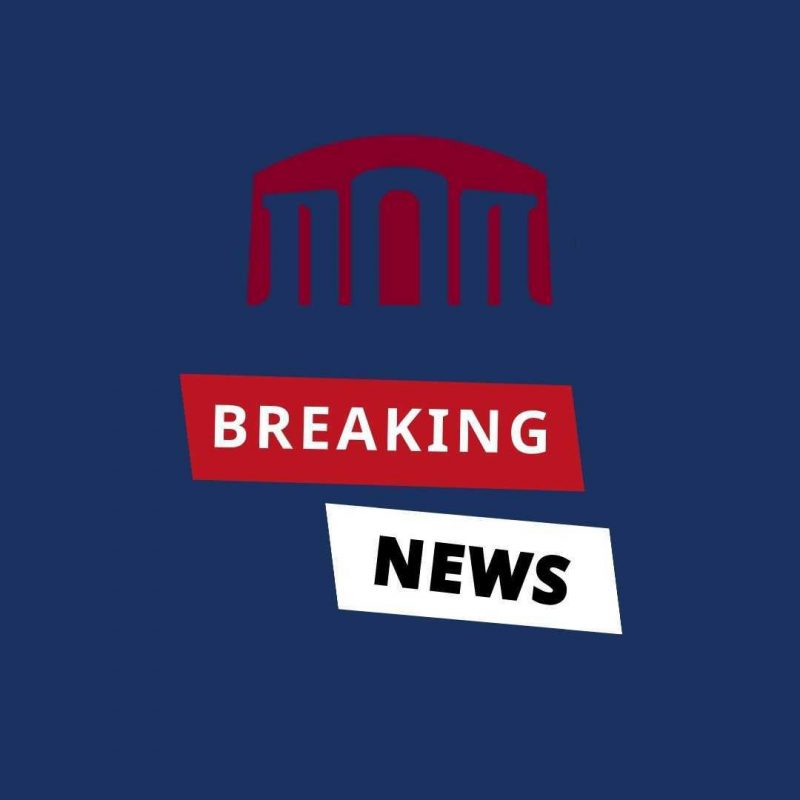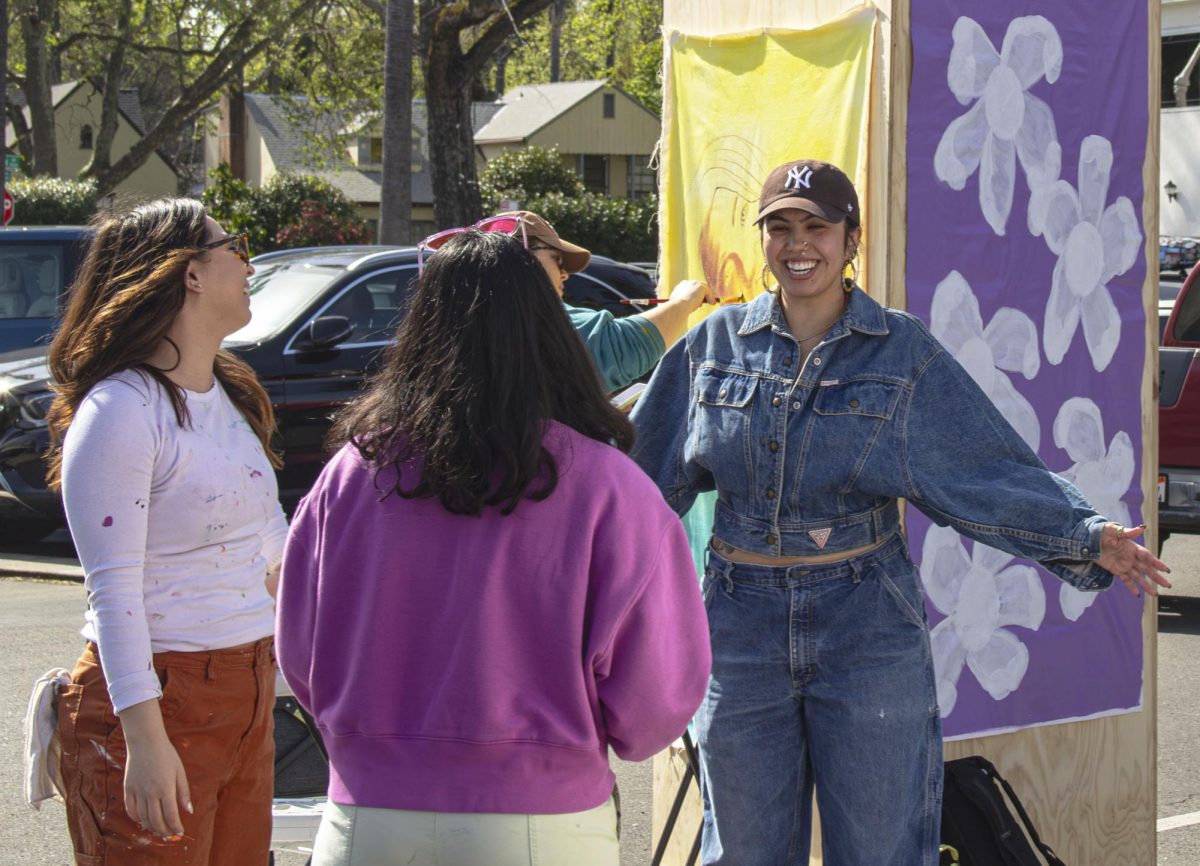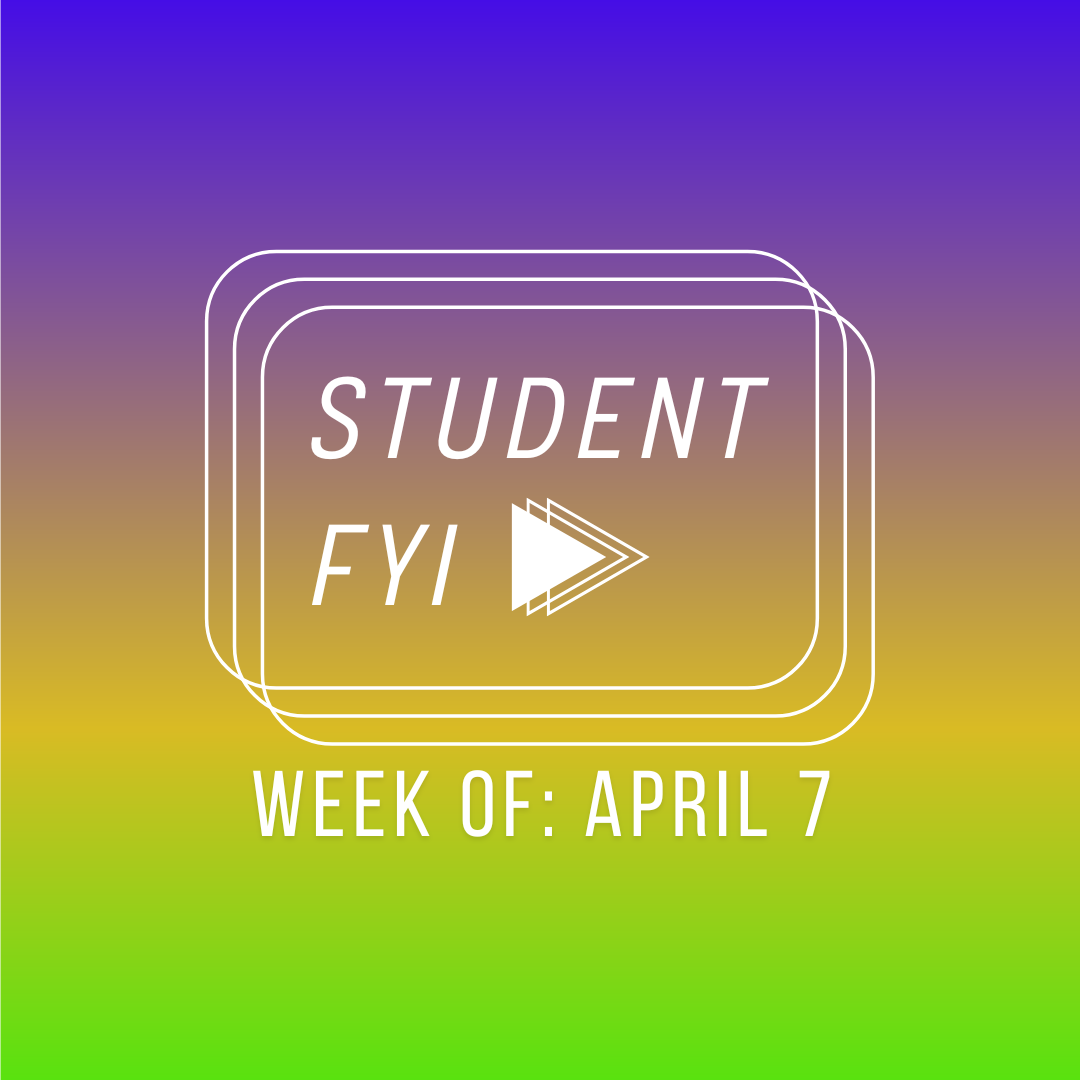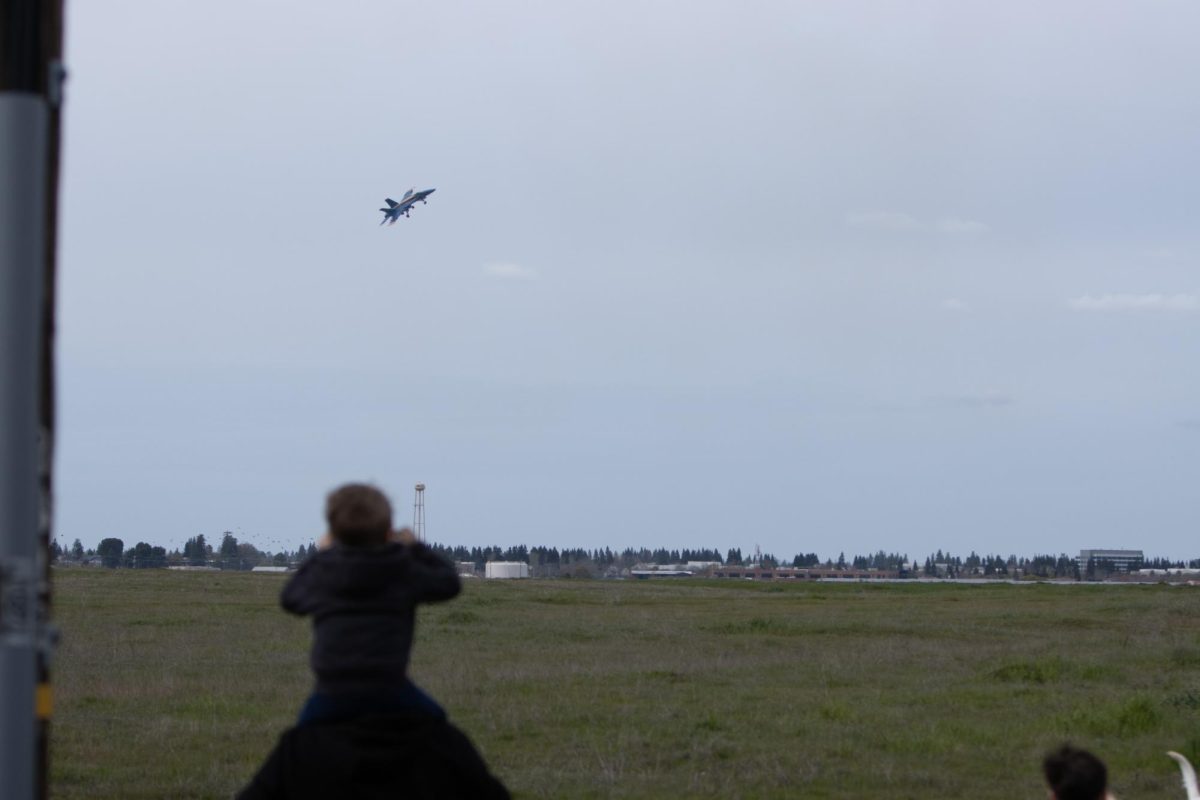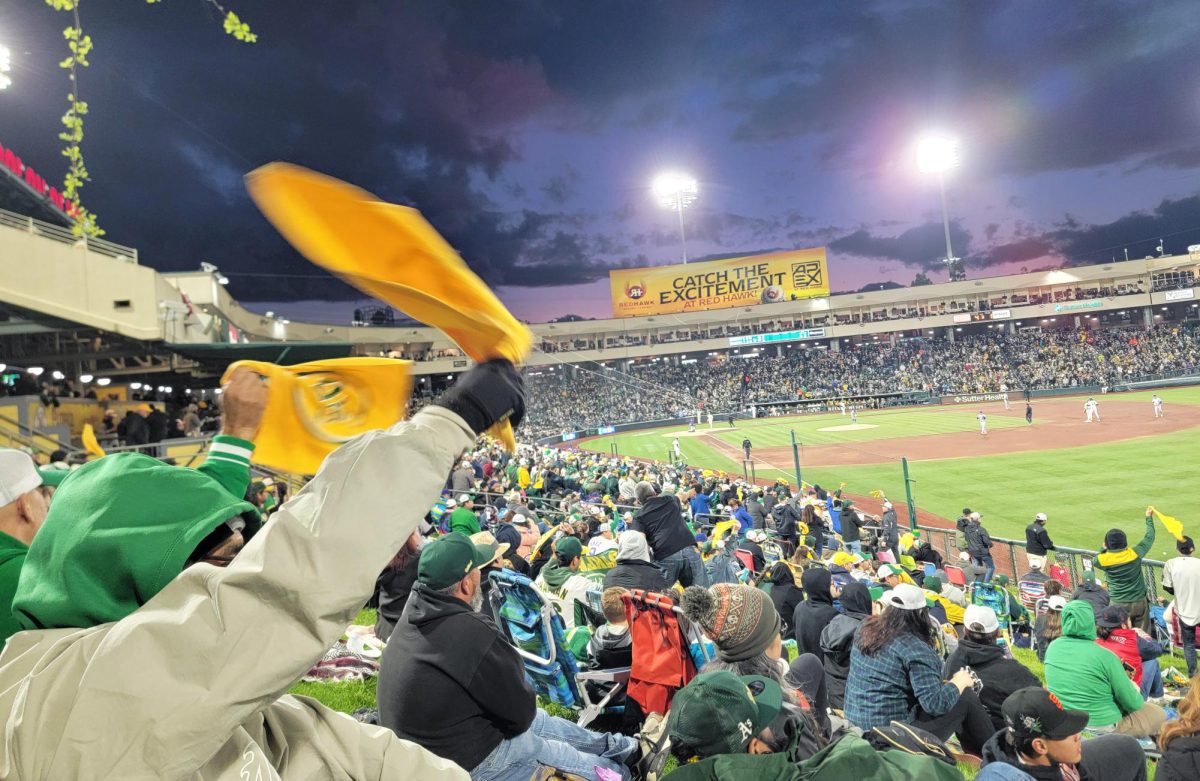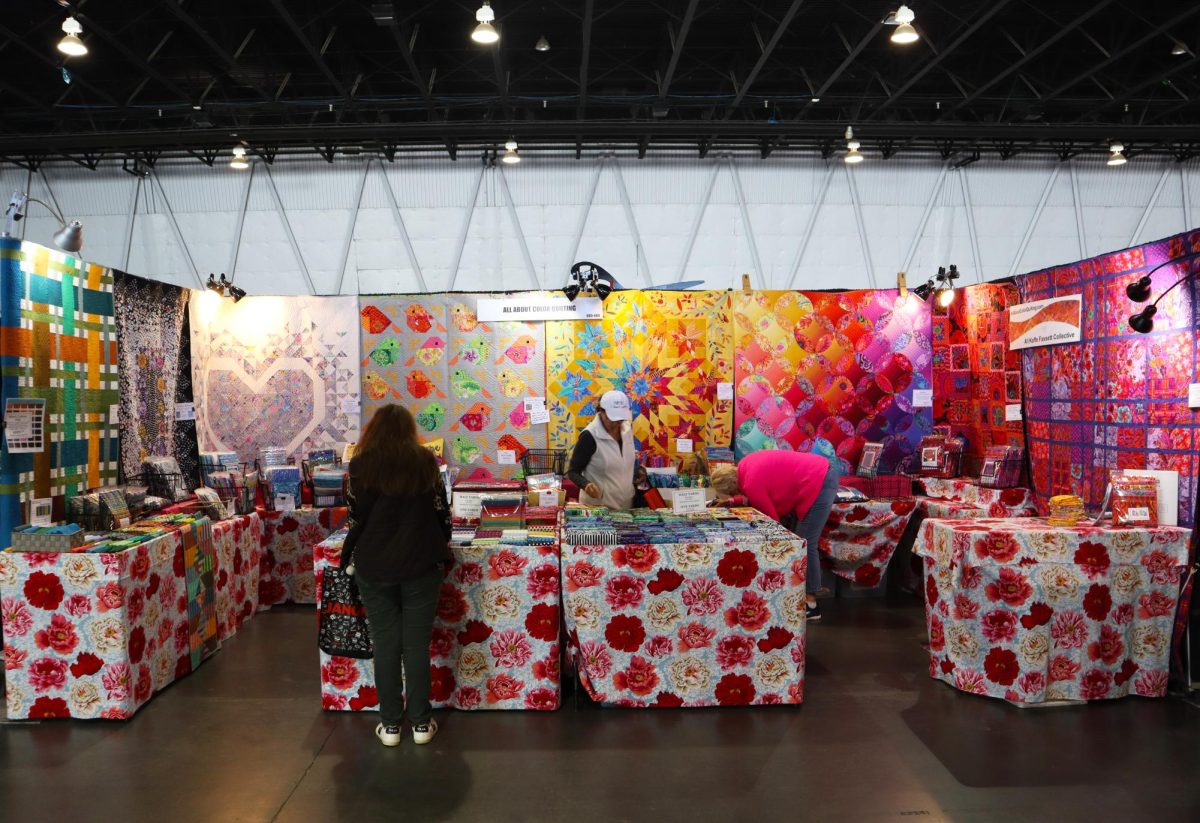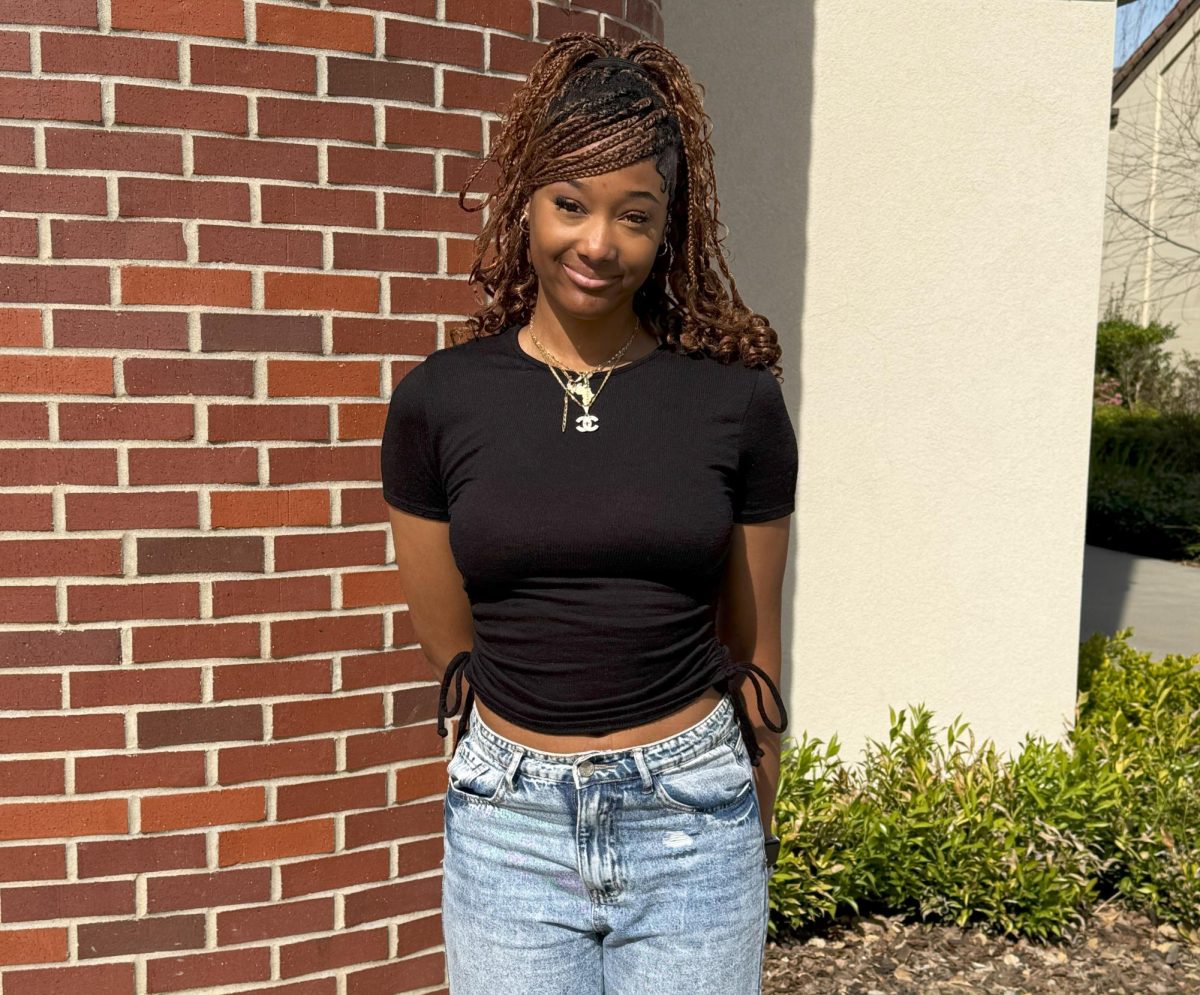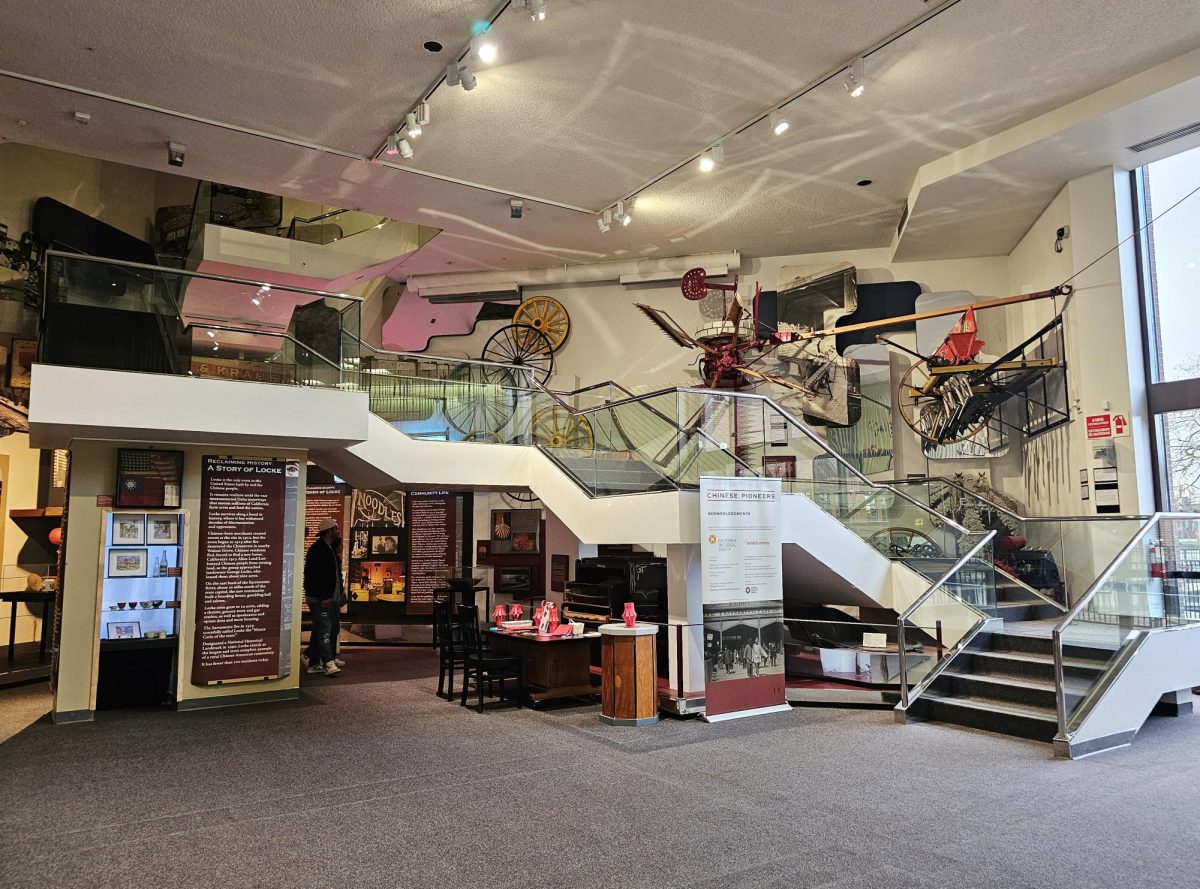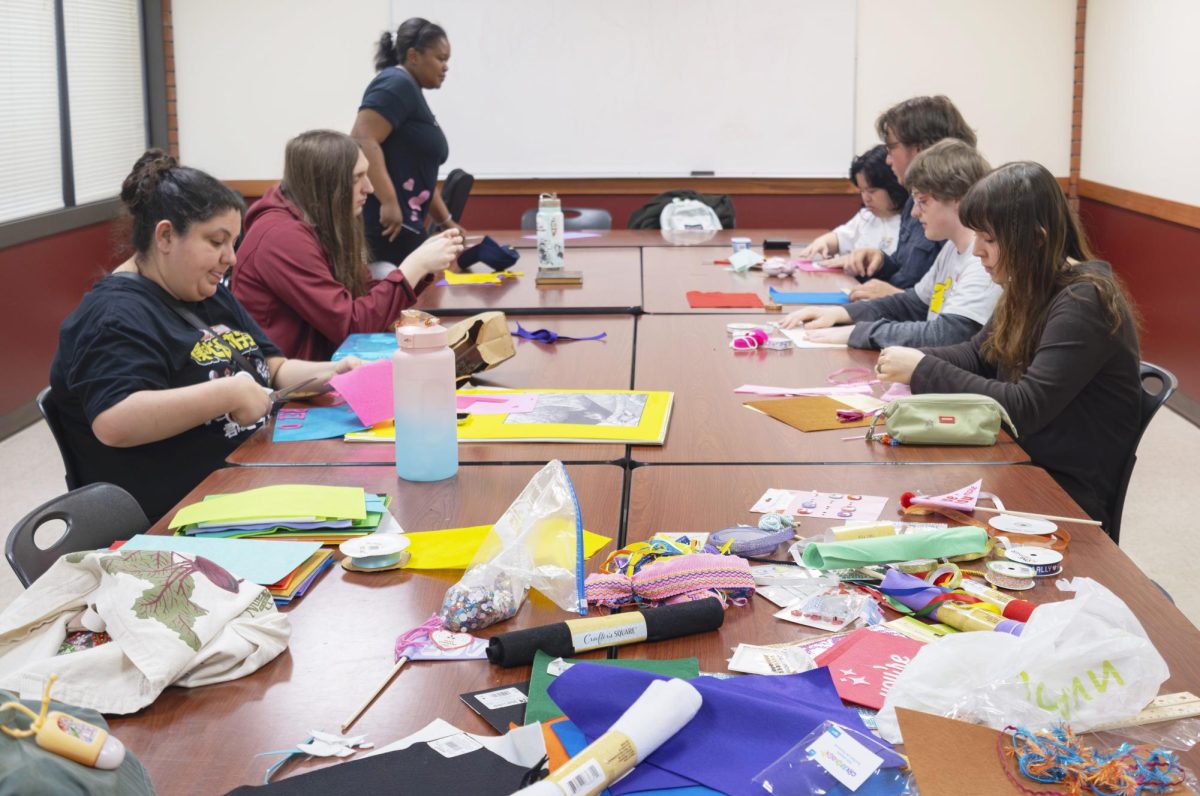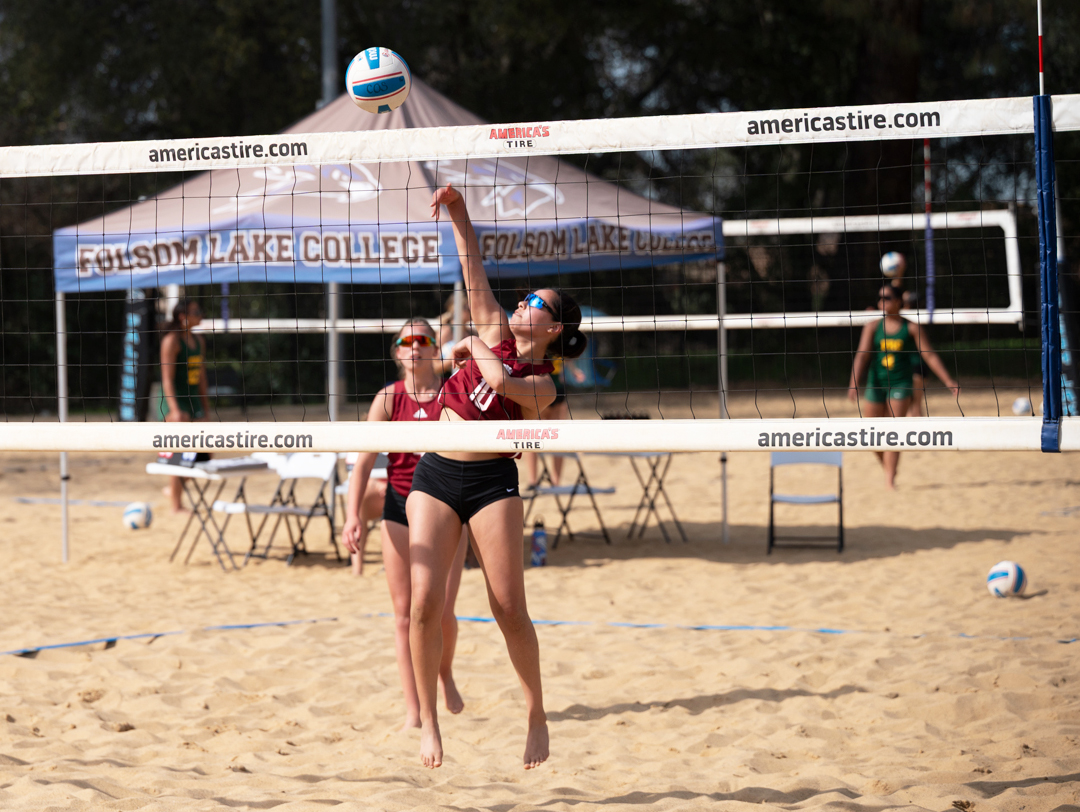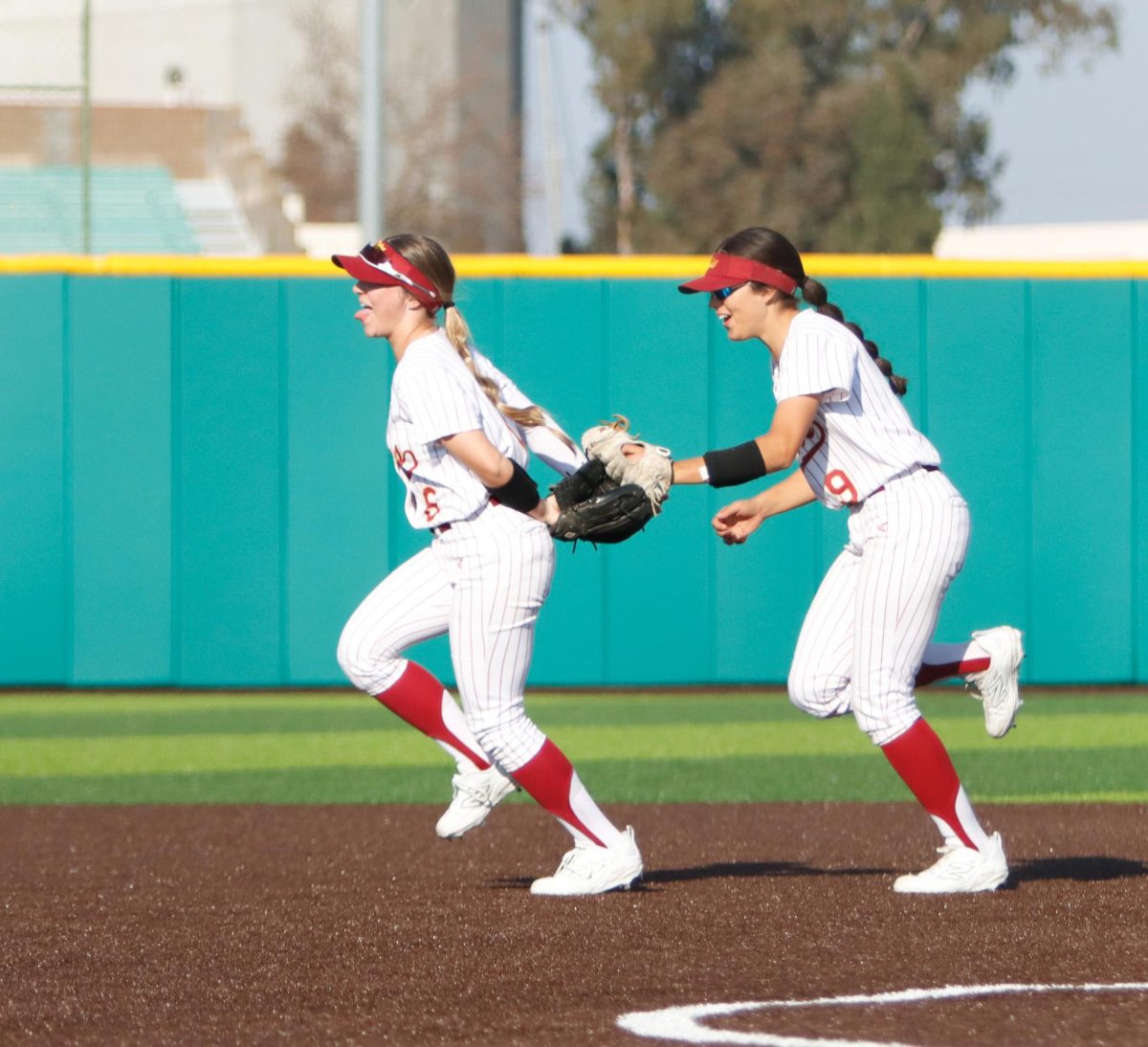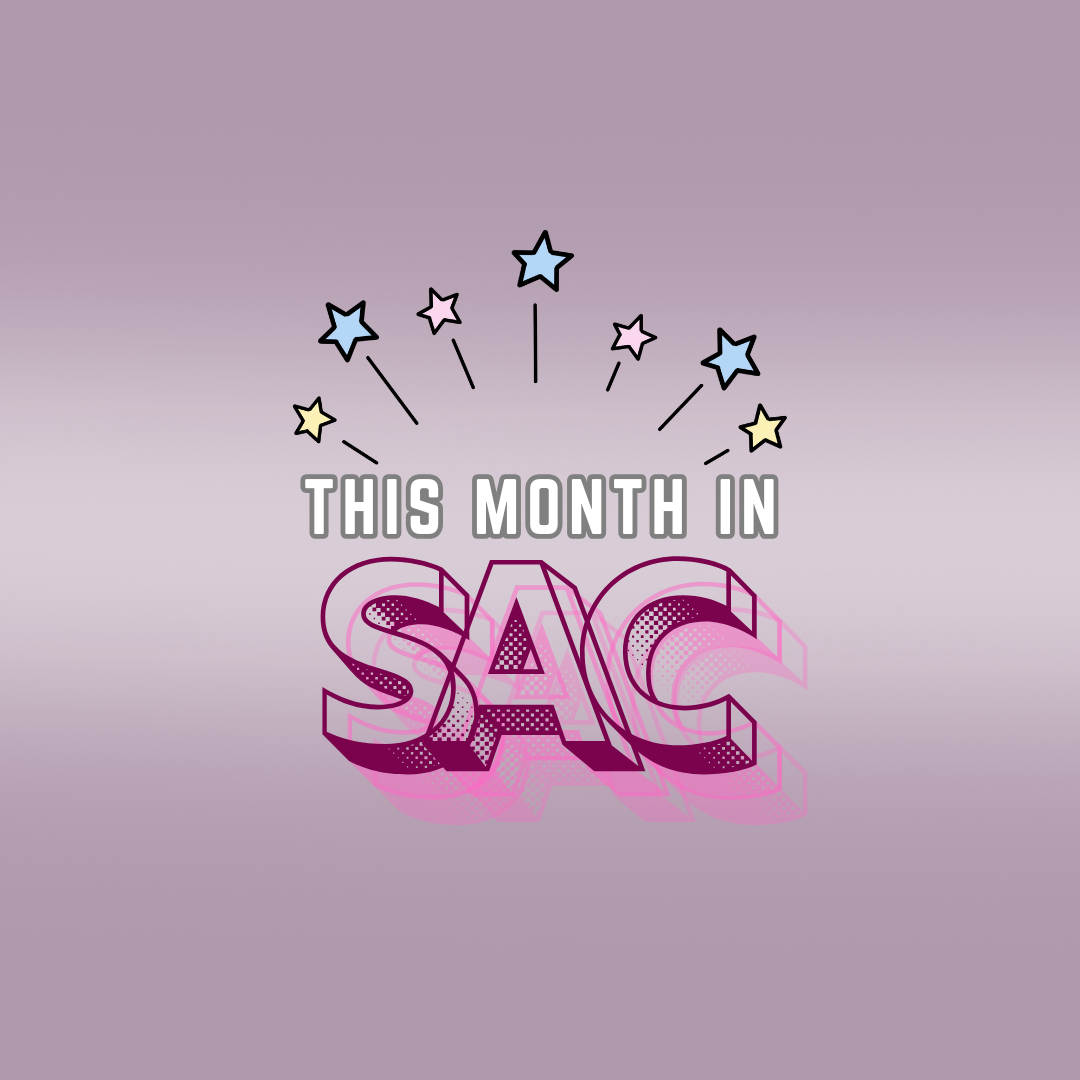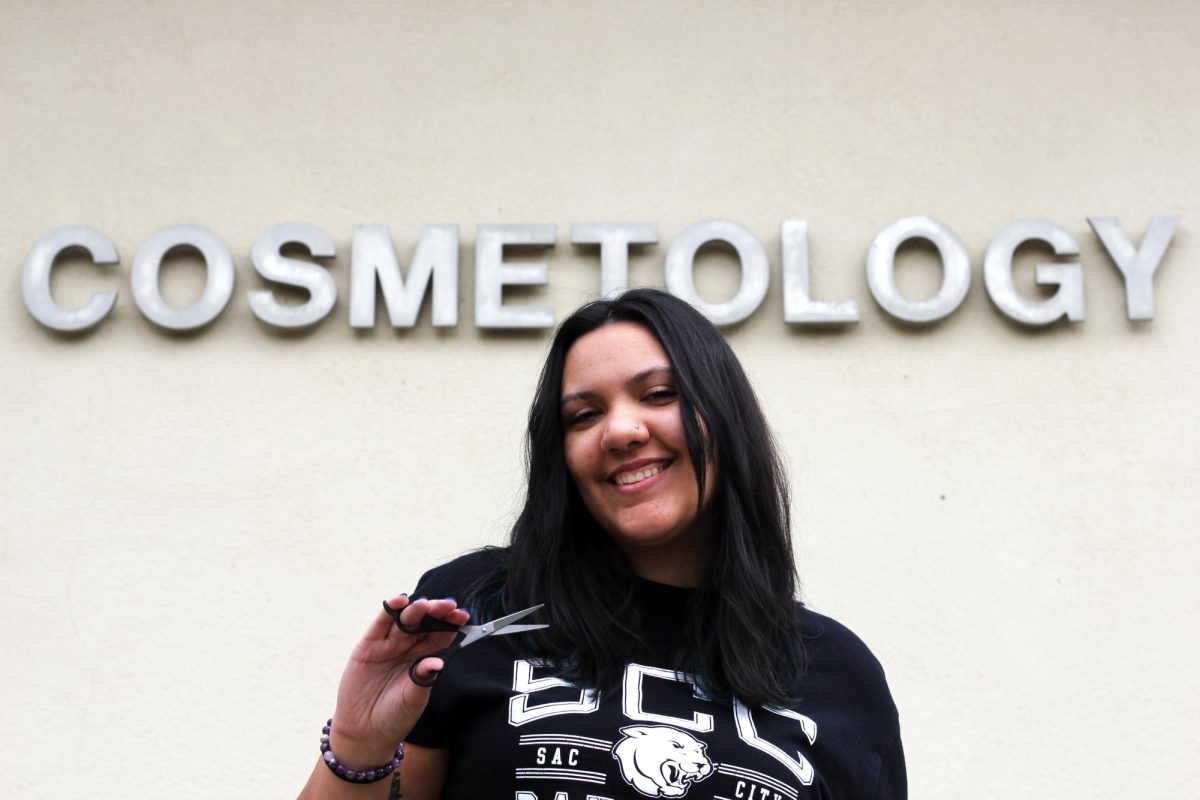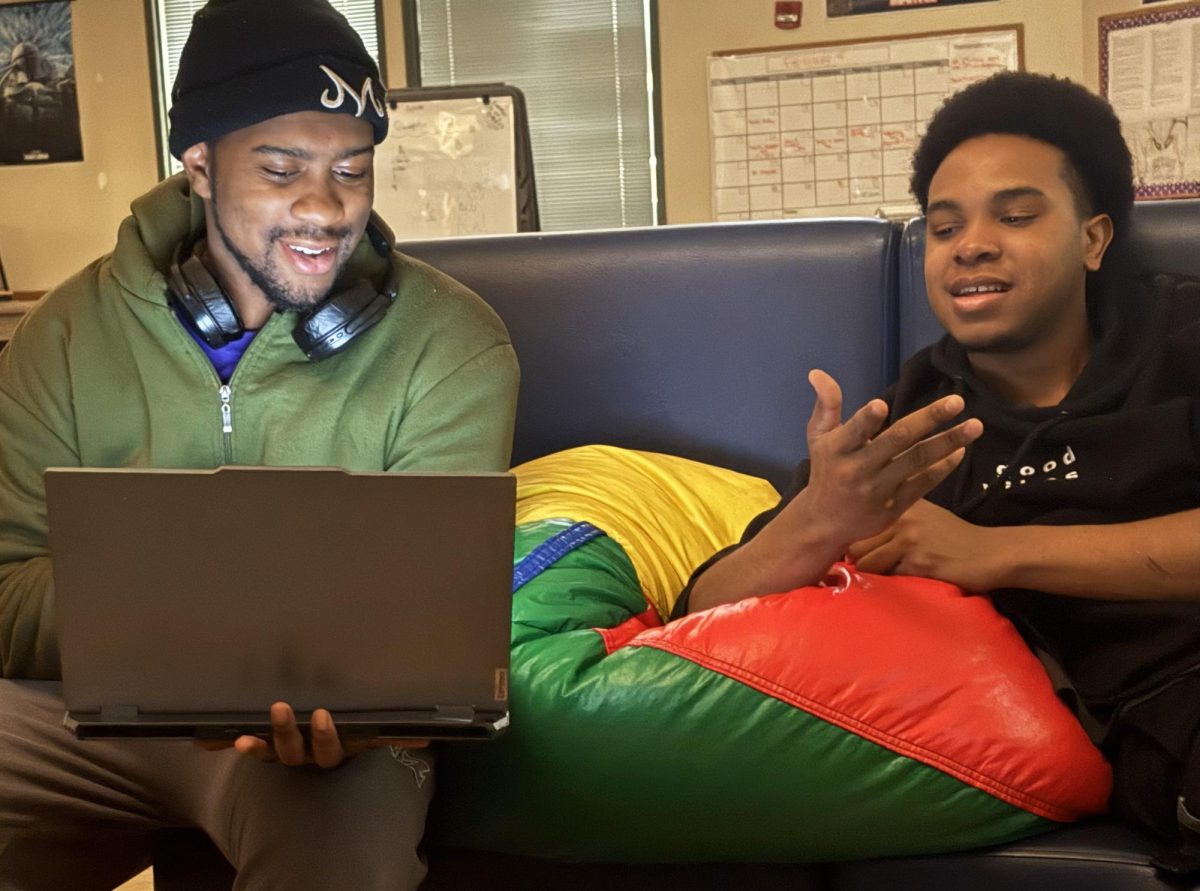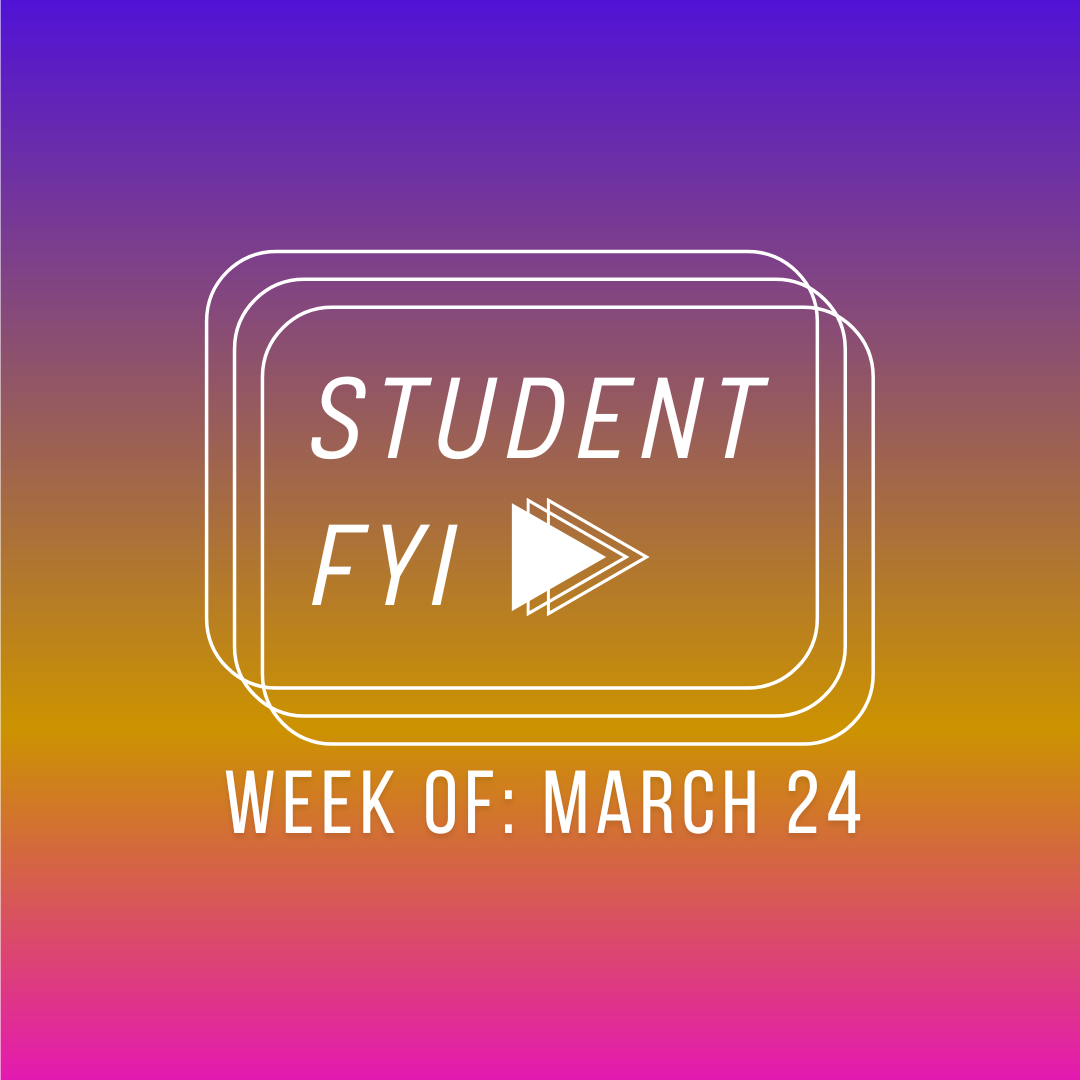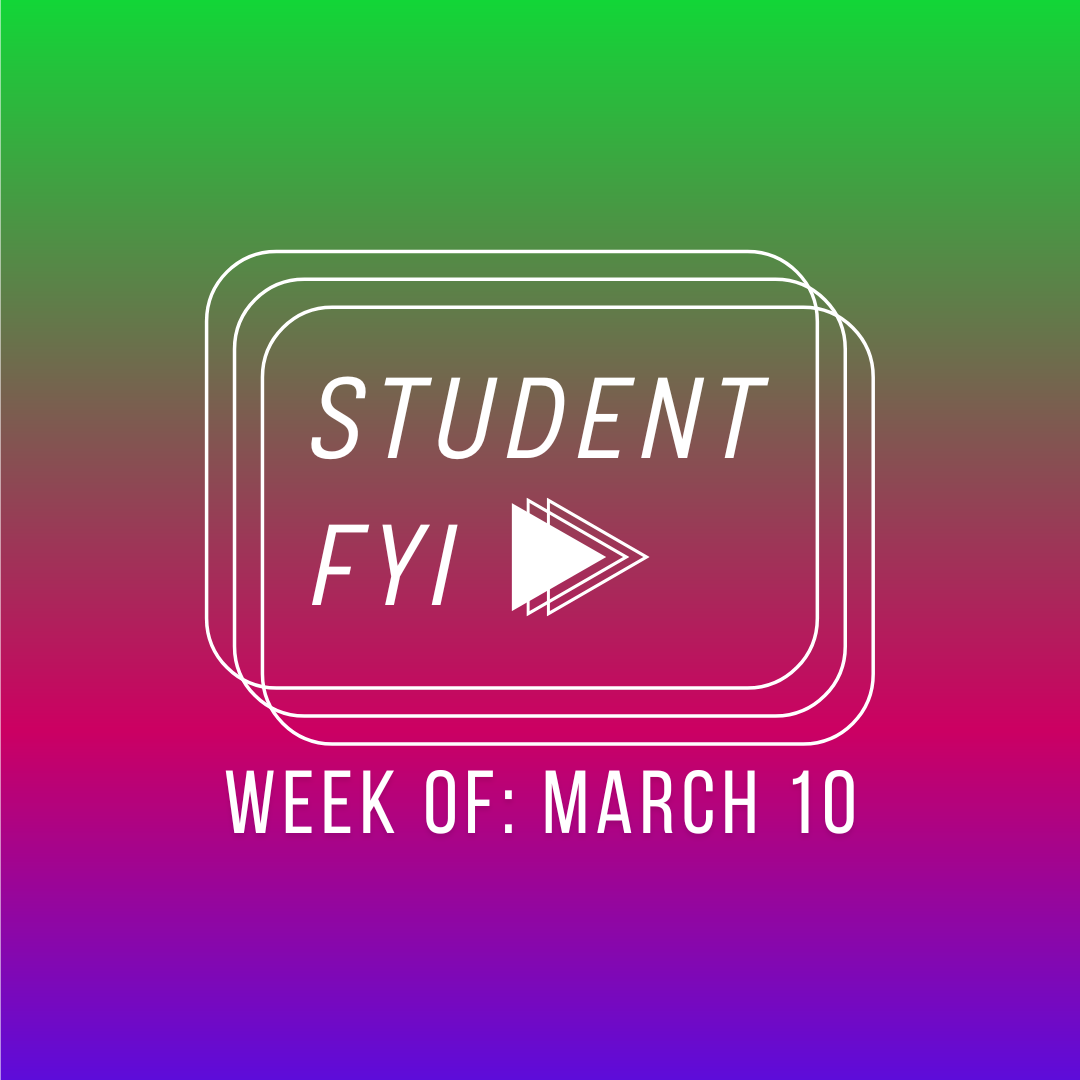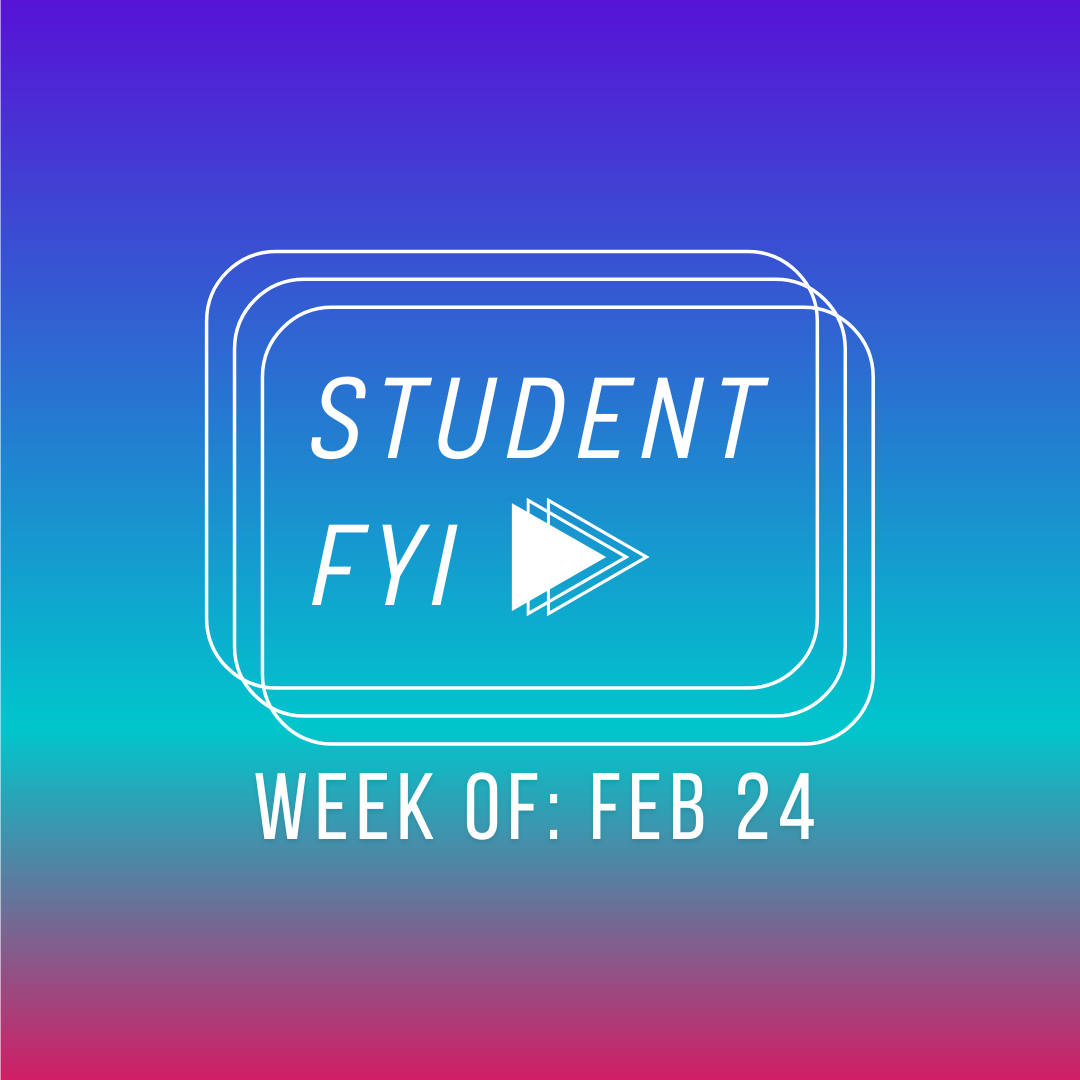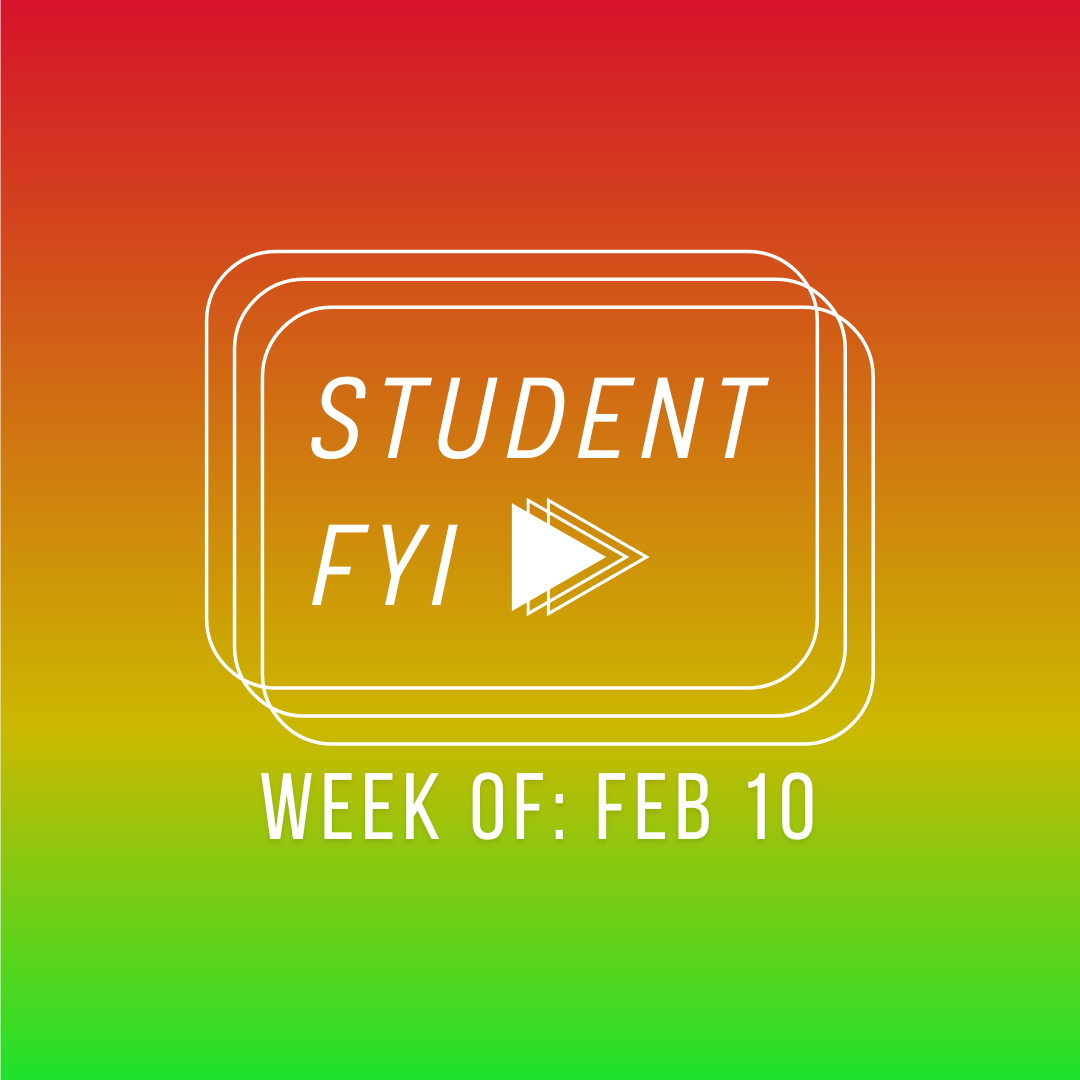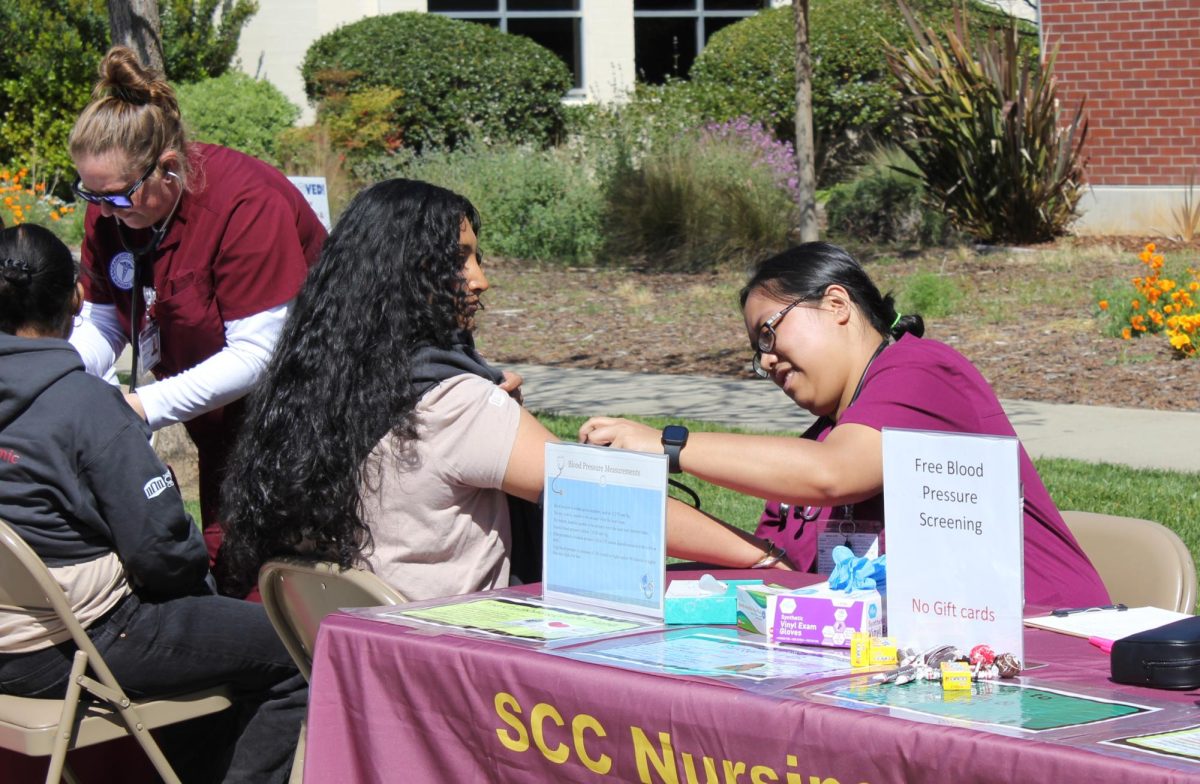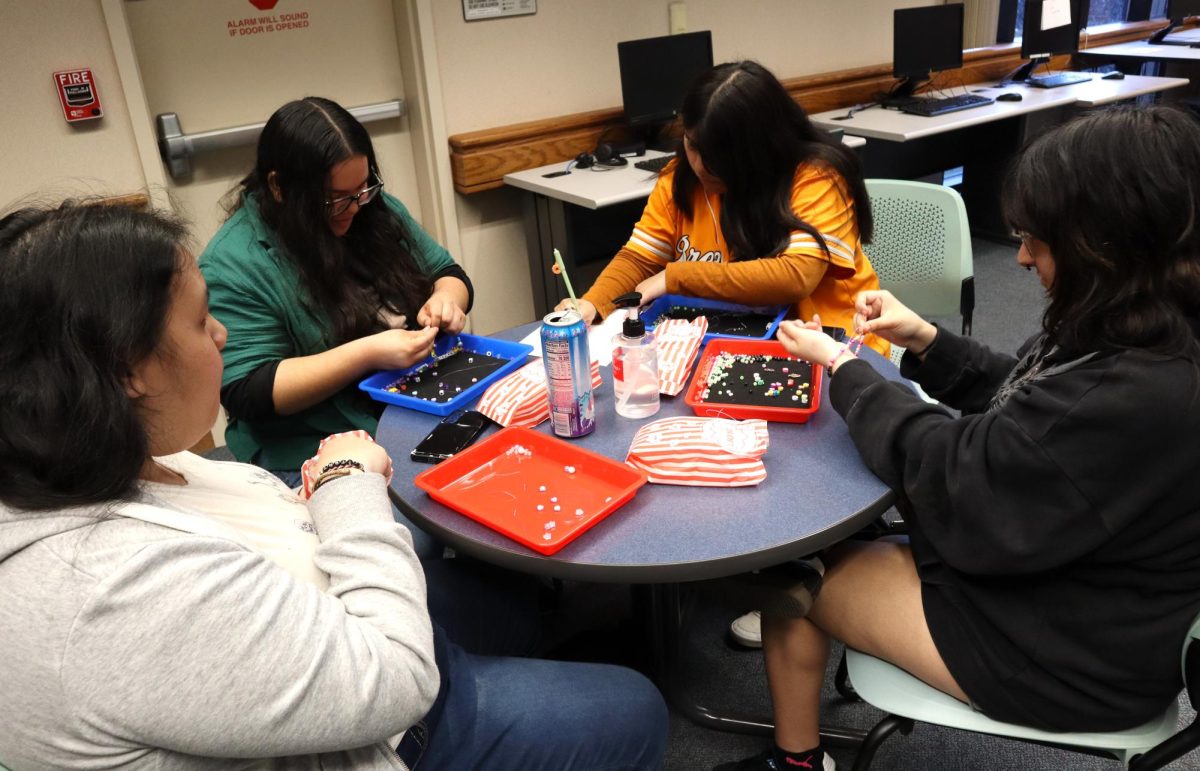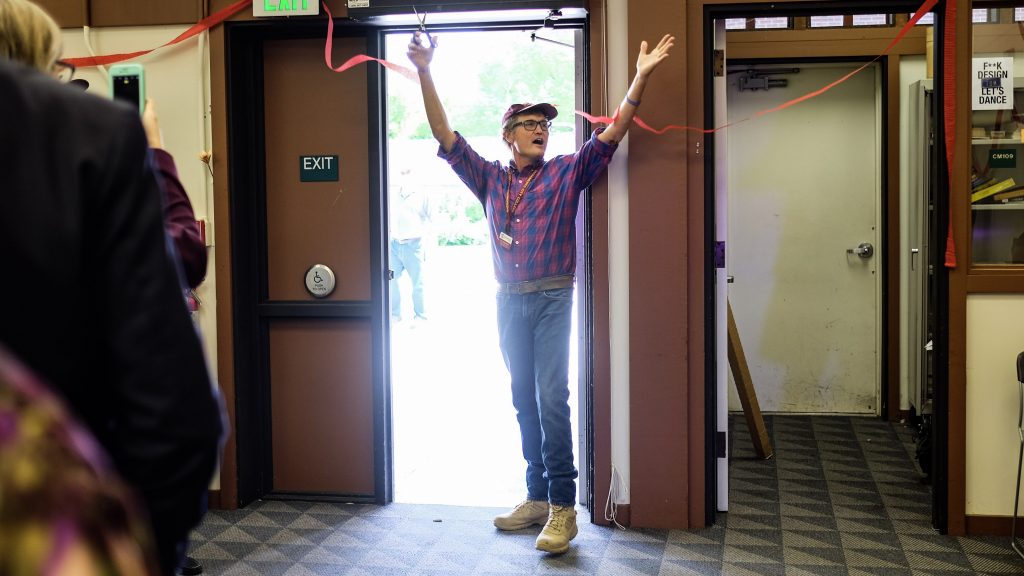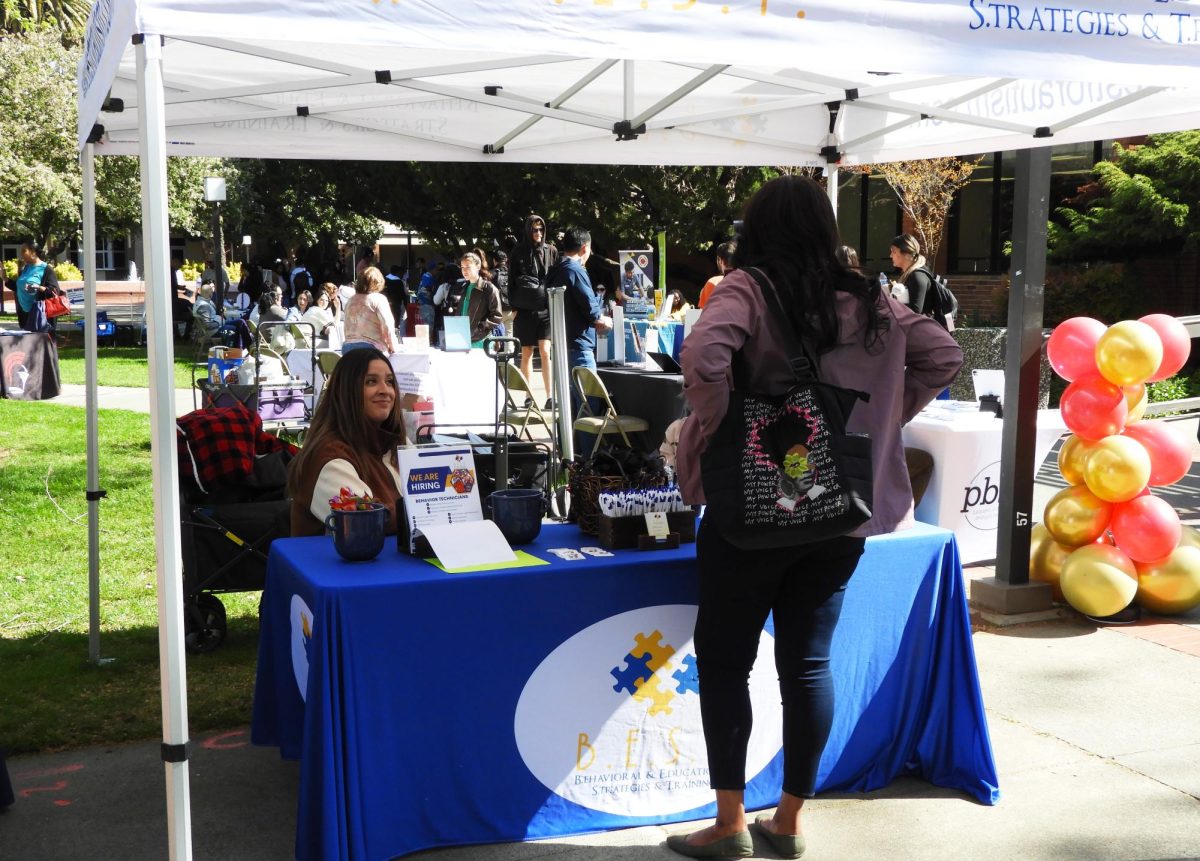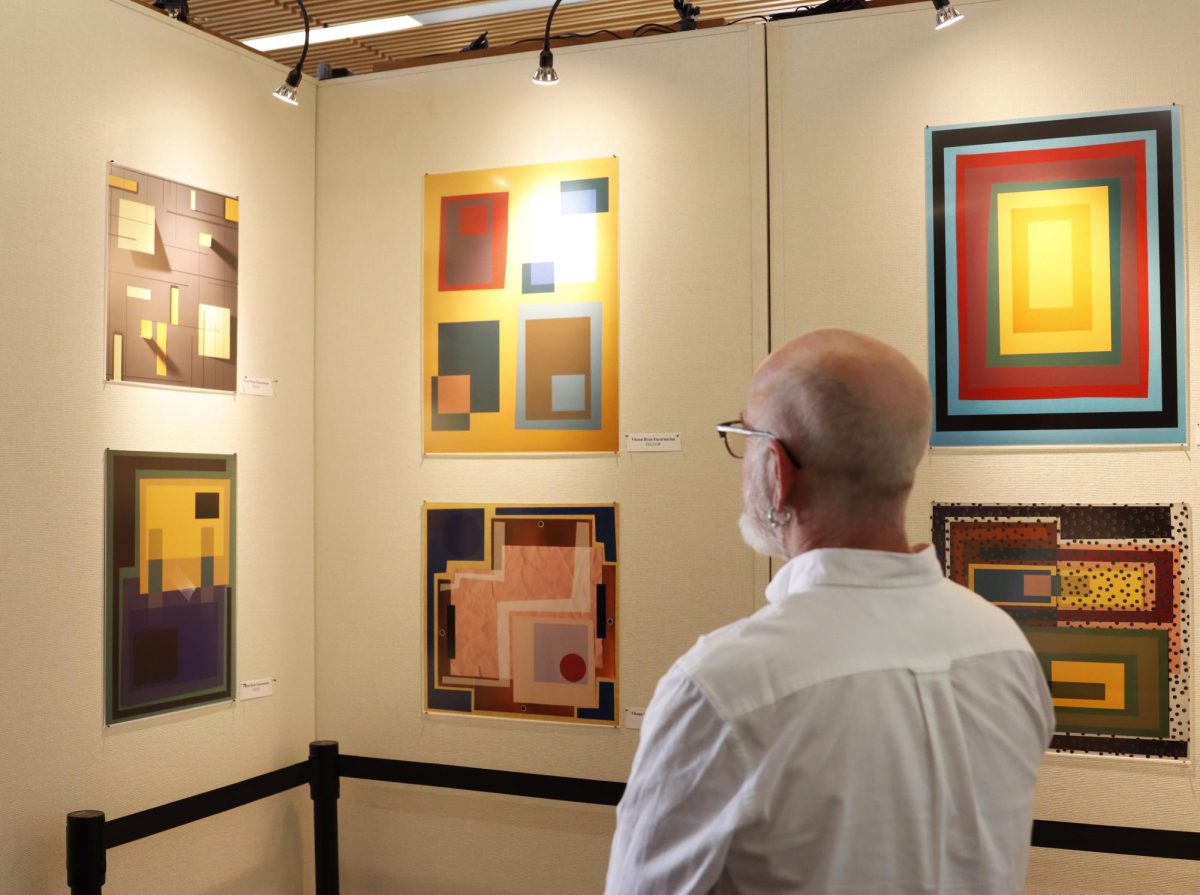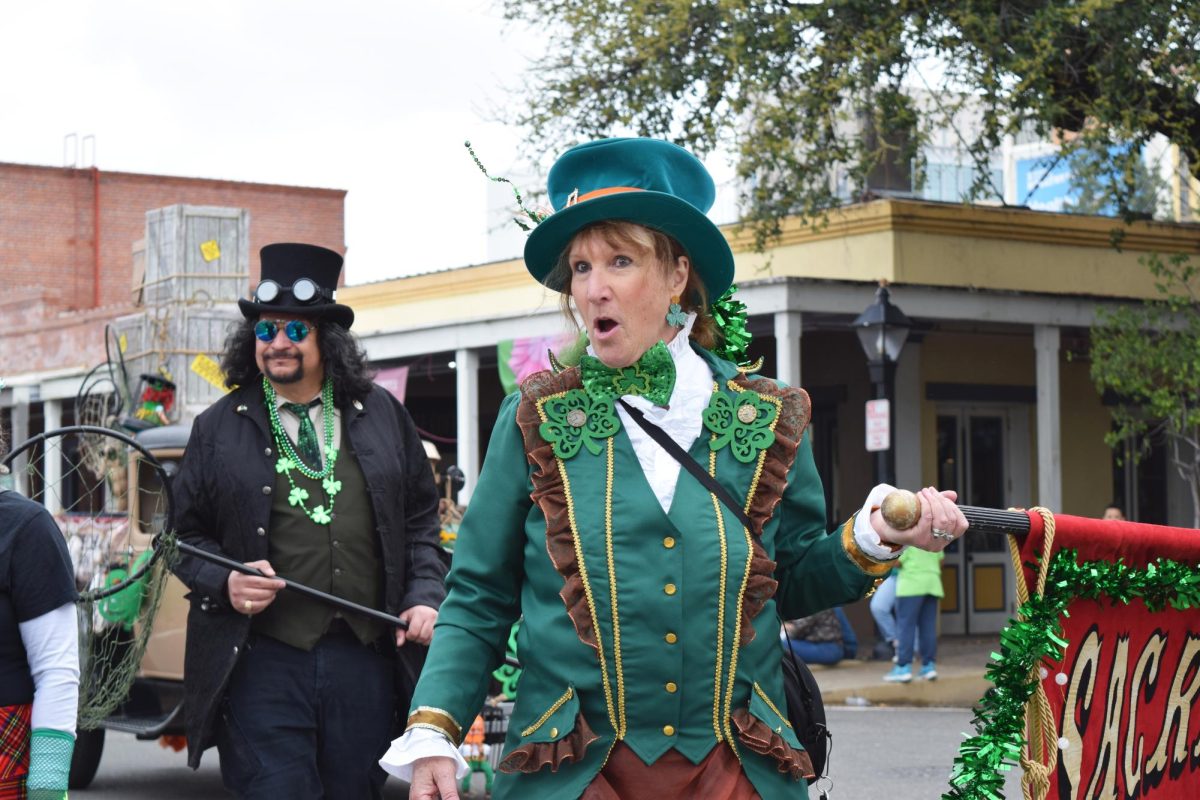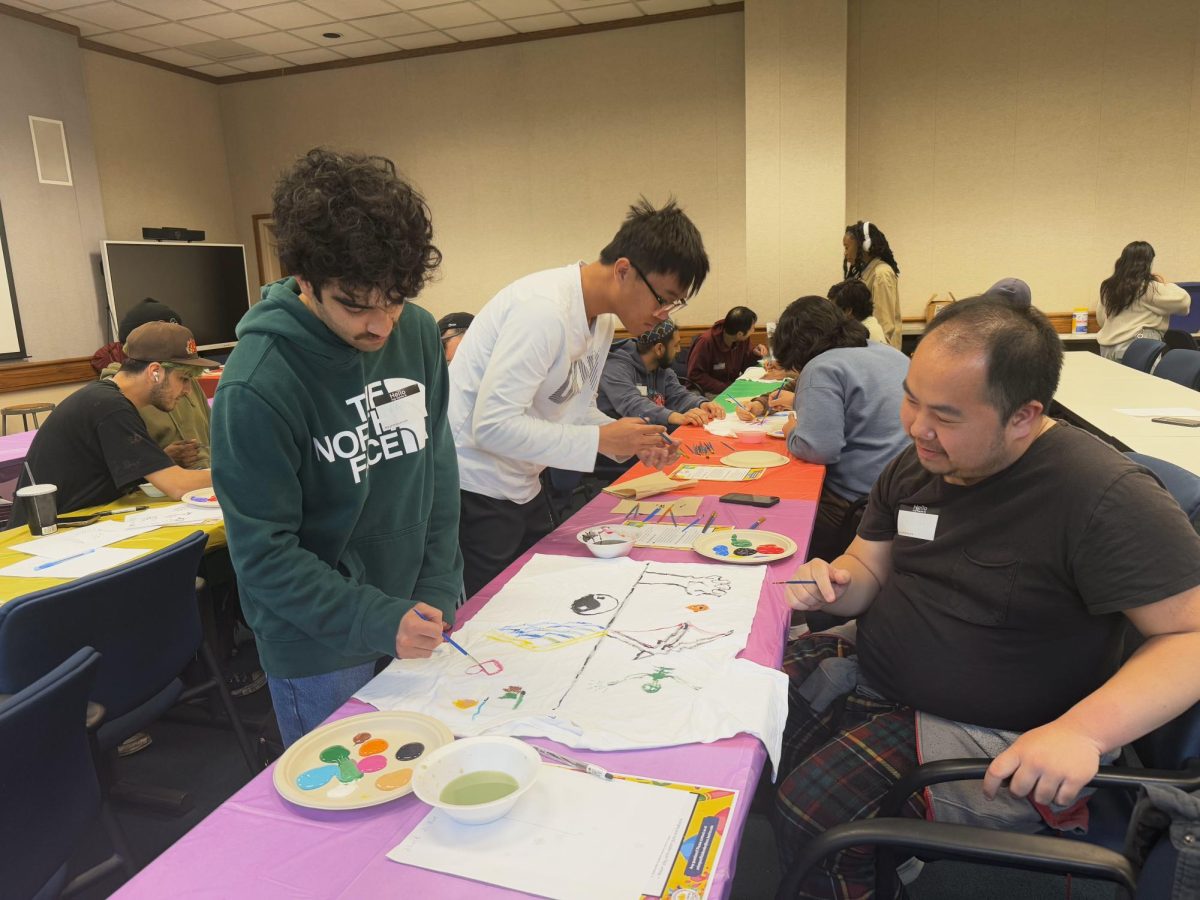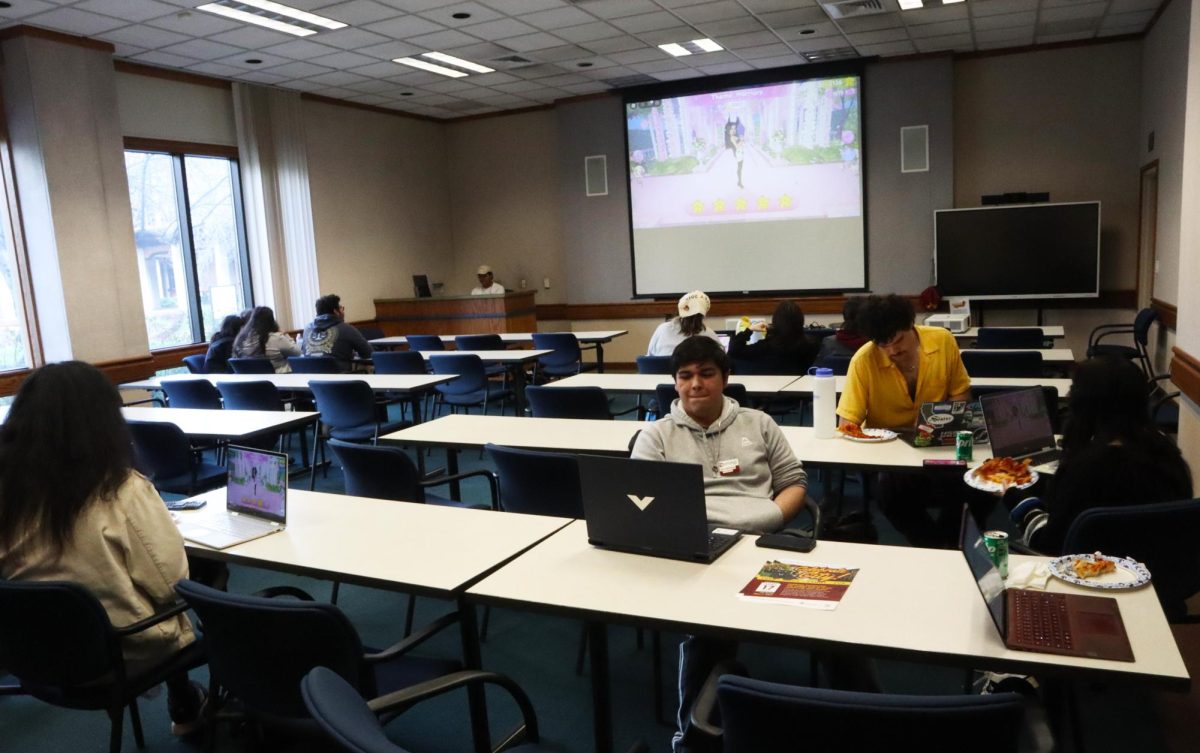Margo Alexander
Staff Writer
Malexander.express@gmail.com
Spirits were high, the crowd was enthusiastic and a lone 3-D printer on the reception counter lazily worked its way back and forth, fabricating a red cell phone case.
That printer is a placeholder for things to come in Cosmetology 109 — the planned location of City College’s new Makerspace.
Makerspace is a collaborative workspace for students, and its future home on campus was revealed at the Sept. 14 ribbon-cutting ceremony. The lab, set to open in 2018, is a collaborative place for making, learning, exploring and sharing the creative arts.
“We were able to identify several spaces, and this one seemed the most optimum,” said Tom Cappelletti, graphic communication professor and project manager for Makerspace, “because it is single level, it has tall ceilings, good ventilation, adequate electrical, but it also has good access and concrete floors.”
Cavernous, clean and industrial, the area is perfectly suited for a makerspace. The current space has three large rooms, with another for locking down more expensive equipment.
Before it opens to students in spring semester, most of the furniture must be moved out, including a historical piece — an enormous animation camera that was used to make the film “Fantasia.”
“Quite a bit of work went into finding this space, as SCC is spatially challenged,” said Mathew Vandiver, who has been involved in the design of the lab. “We started looking in spring semester 2017. We had several areas we were looking at, including the Tech Lab, which was only 800 square feet, and would not have worked at all.”
The chosen location has a history of creativity, and the trend will continue for the foreseeable future.
“This originally was the print shop from the 1980s, and it got converted over to graphic communication and design,” said Vandiver. “It took us about three months to lock this space down, a lot of red tape. We had a meeting with Congresswoman (Doris) Matsui. She was promoting rapid manufacturing and vocational training through fabrication, which is primarily what a makerspace is all about.”
It’s a big project. According to Vandiver, securing adequate funding has been instrumental.
“There was a lot of money put into this as far as the grants go,” said Vandiver. “The original grant was $350,000. Half of that has already been spent to go toward the materials.”
The space is centrally located on campus, according to graphic communication major Cisco Vasquez.
“I think it’s the perfect location,” Vasquez said, “because it’s not too far from the technology department already, where there are already a lot of makers happening, and it’s even closer to the theater department, the fabrication department, the performing arts department.”
The root concept of a makerspace began as a place where people interested in computer programming, technology, science and digital art could work collectively, sharing their common interests and talents. Many communities use the phrase hackerspace instead, but that has a somewhat negative connotation, and it can be hard to get funding using that terminology, so many schools have opted to use the word makerspace, according to “Makezine” magazine.
“We want this to be a place for imagination, for invention, for design, for digital multimedia, animation, fabrication, metal works,” said Vandiver. “We are looking into the drone and aeronautics side of things. Me myself, I am interested in 3-D prosthetics for youth and for adults. There will be a lot of students from STEM, arts, theater. We will also have large industrial sewing machines here, so there is fashion design. We are trying to incorporate as much as we can from each department so nobody feels left out.”
Makerspace is a place for hands-on experience. Students will be able to choose from a wide variety of specialty equipment, including a laser etcher, 3-D printers, large plotters which can do movie-sized posters, silk-screen presses, large wood routers — they can even learn to make furniture. Included in their inventory is a top level table saw called a stopsaw, which protects the user from cutting a finger off. The space will be staffed by students and rotating faculty mentors committed to helping students.
“Project-based learning and collaborative learning are two of the most powerful tools for many students to succeed, and that is our mission here,” said Cappelletti. “We are going to do Maker Fridays and get the students involved to work on their projects.”
Cappelletti said he is of the school of thought making things is one of life’s joys, and wants students to reap the rewards he feels the space has to offer.
“This is not my vision, I am (just) the project director,” said Cappelletti. “I am using a group of students and the entire school population to say, ‘This is our space, what do you want to learn how to make? We are going to create the vessel, you fill it up.’”
“It’s so powerful for people to be able to fix things and make things on their own,” said Cappelletti, his eyes lighting up as he talked about Makerspace. “We want to encourage people to start their own businesses and develop skills to go to work, and to meet other students that are in other disciplines that they may otherwise not get to meet, and to work together and collaborate.”
Students interested in the service should register for Makerspace Spring 2018. Classes will not last the full 16 weeks of a semester, instead lasting just a few days. Students come in for initial training, mainly for safety, and get trained on each piece of equipment. Then, they will come and create. Once students get the training, they can even create and host their own events. Come and get your art on, at Makerspace!

